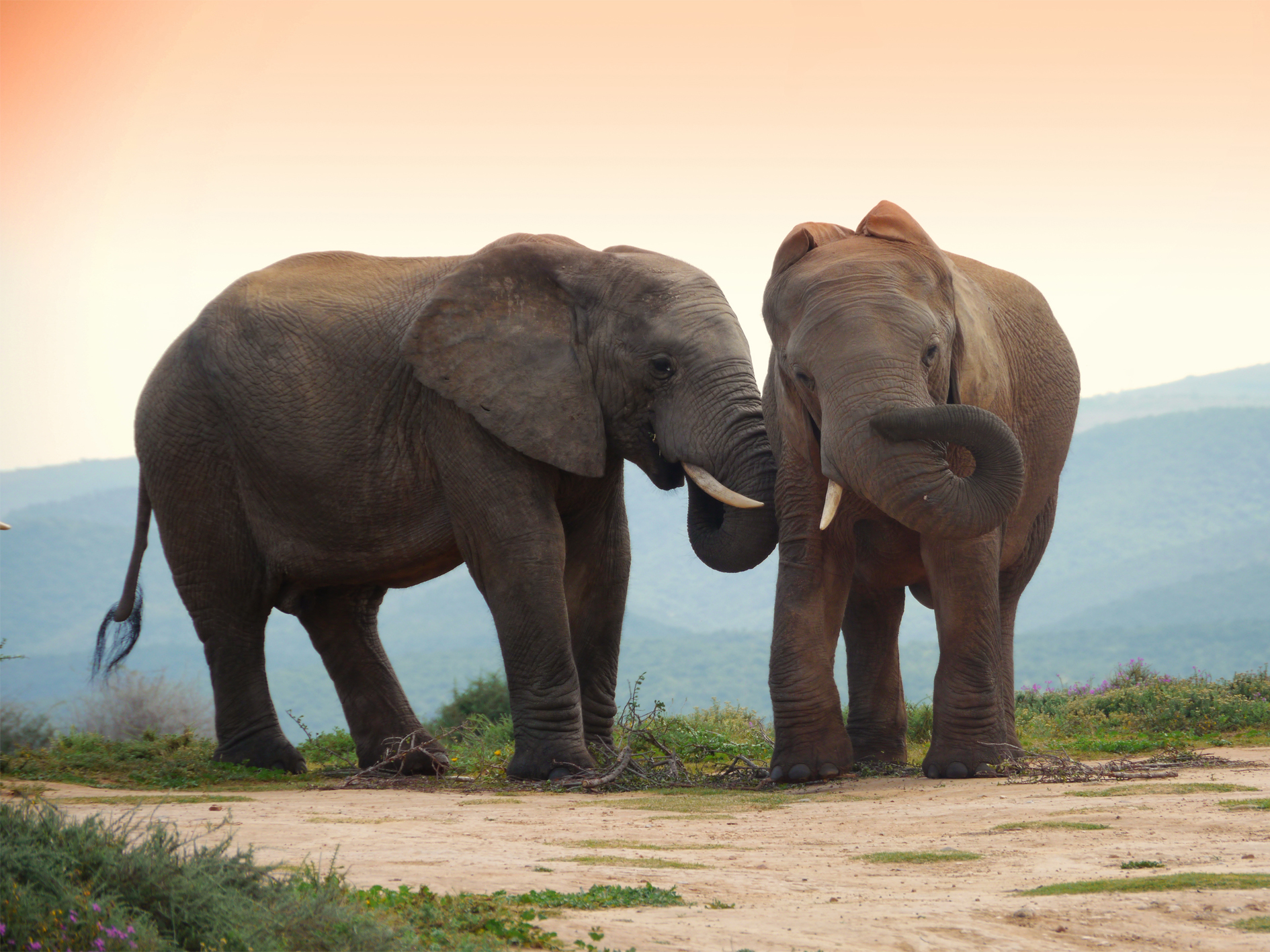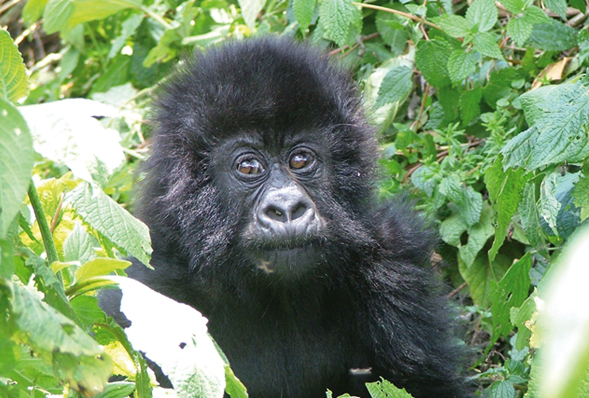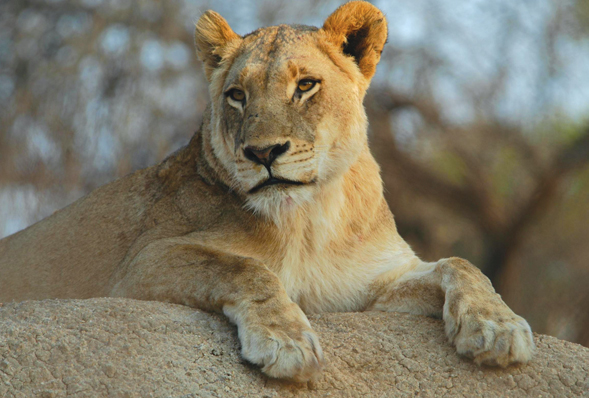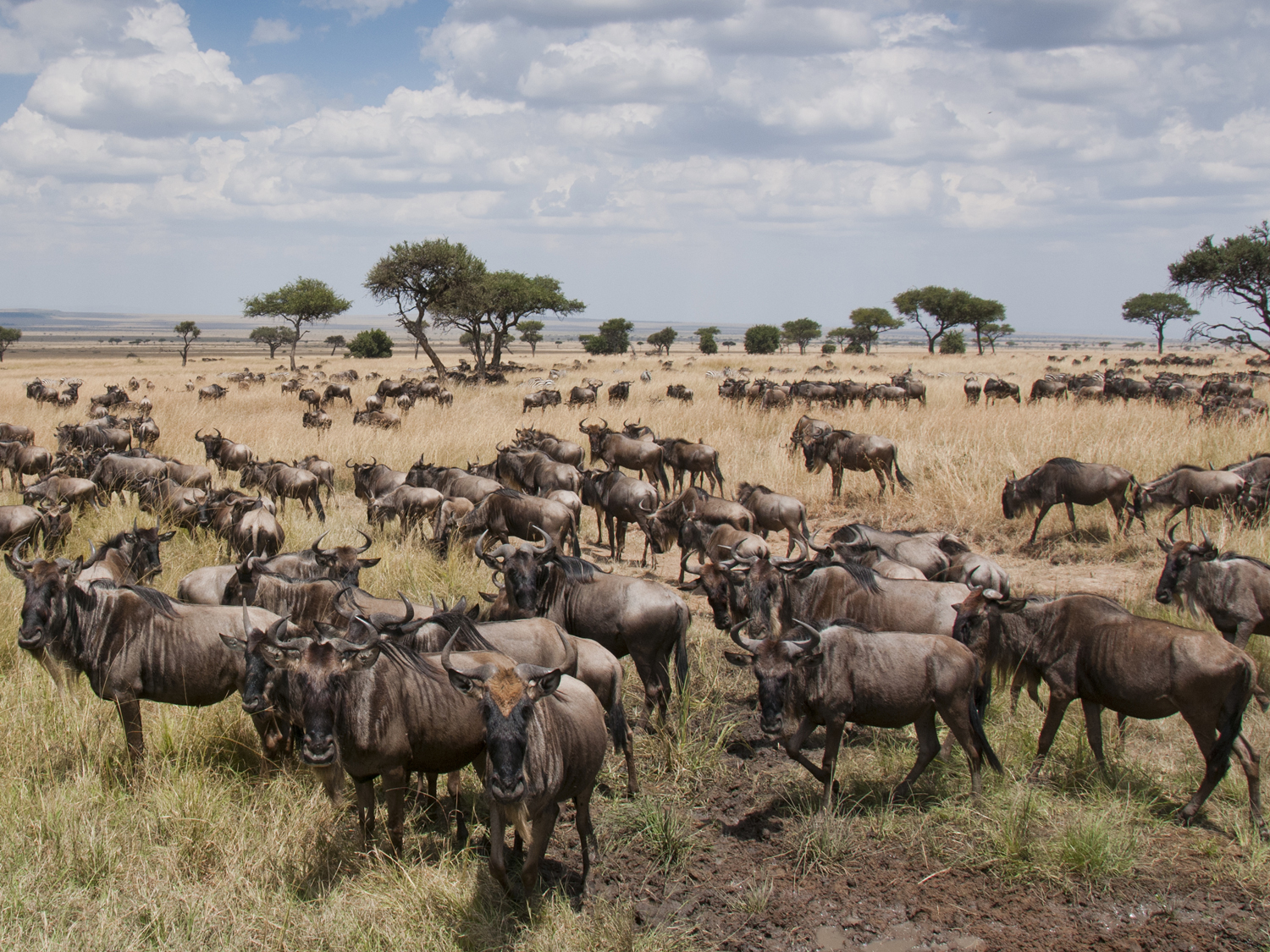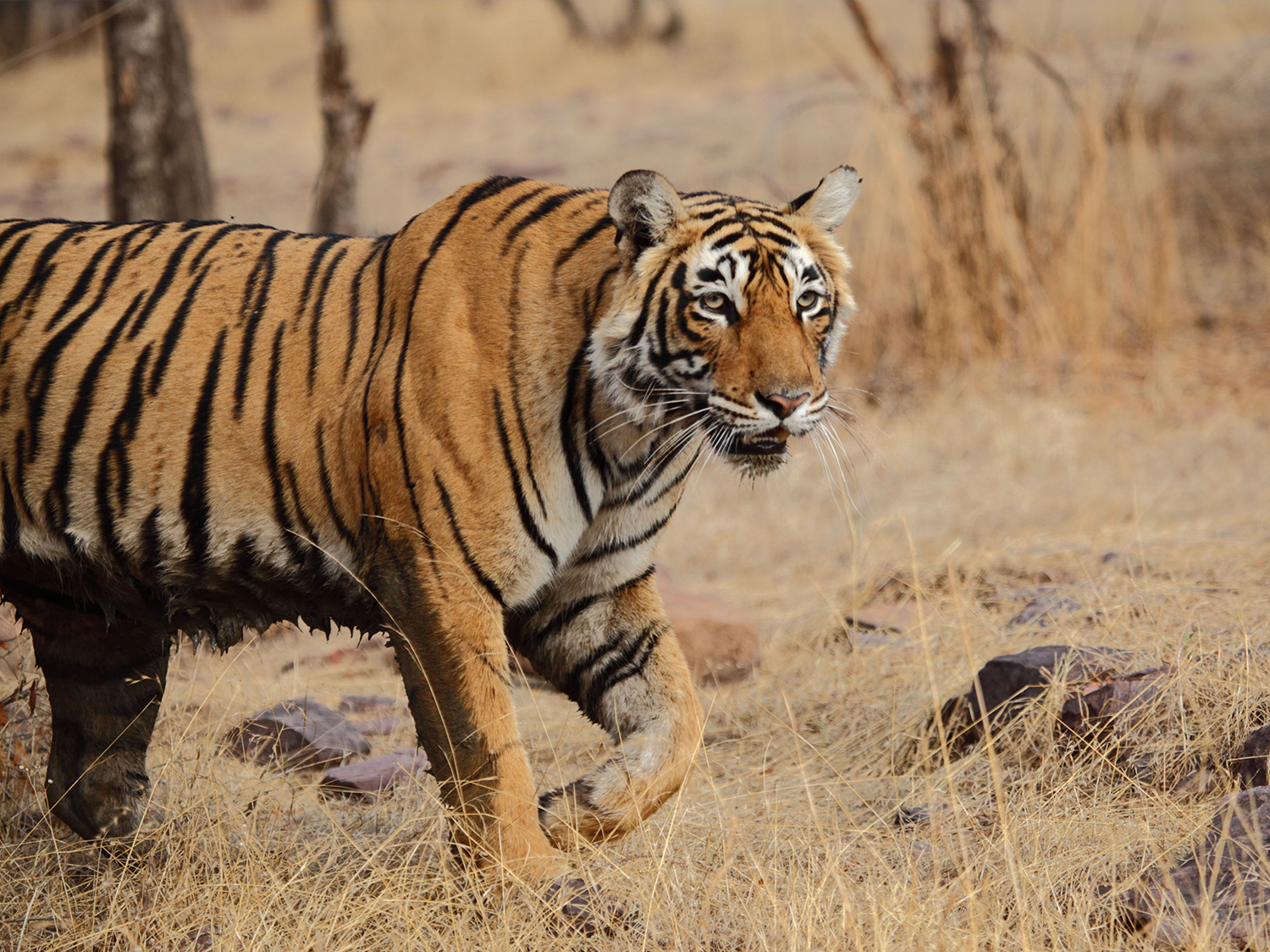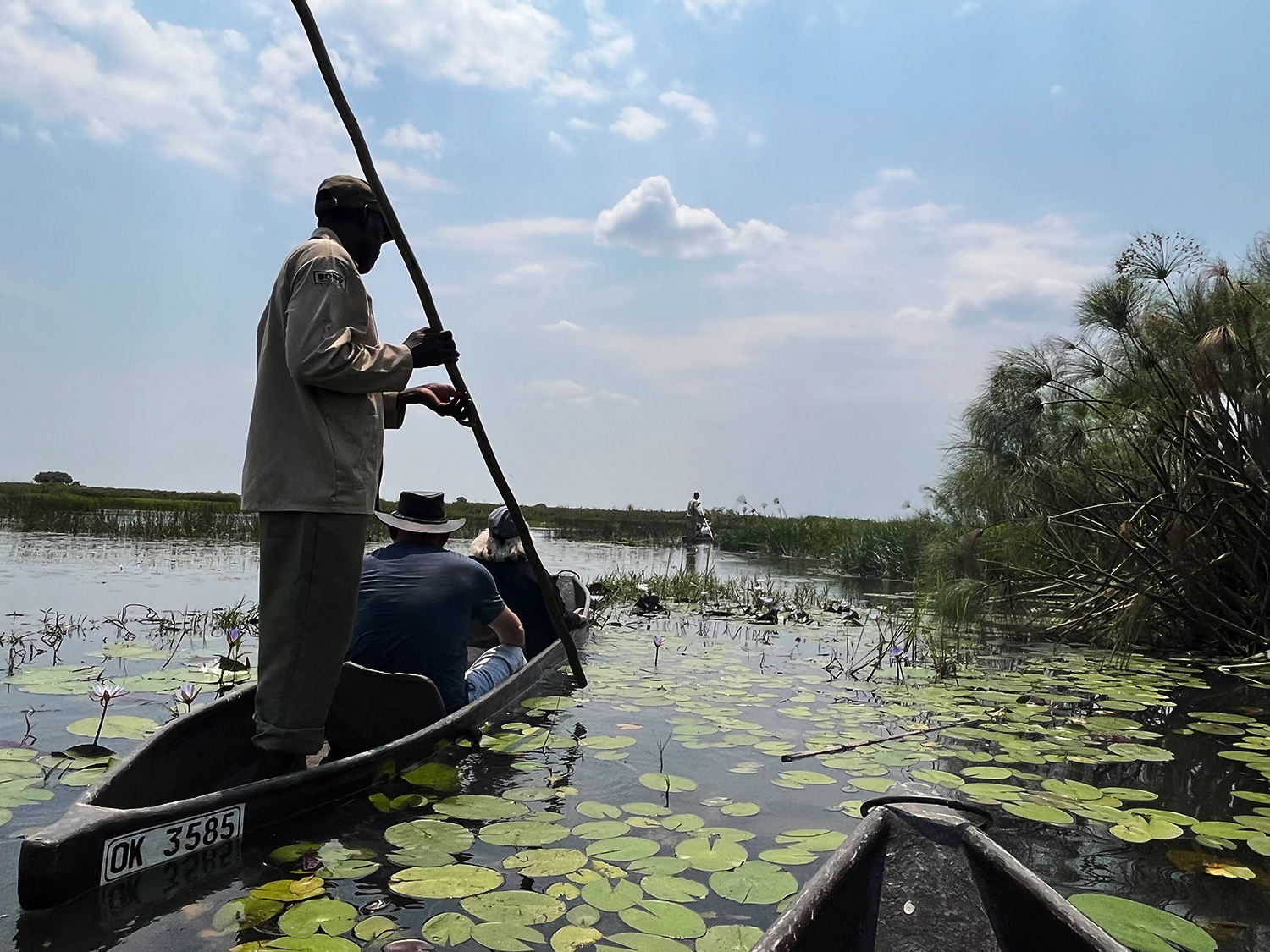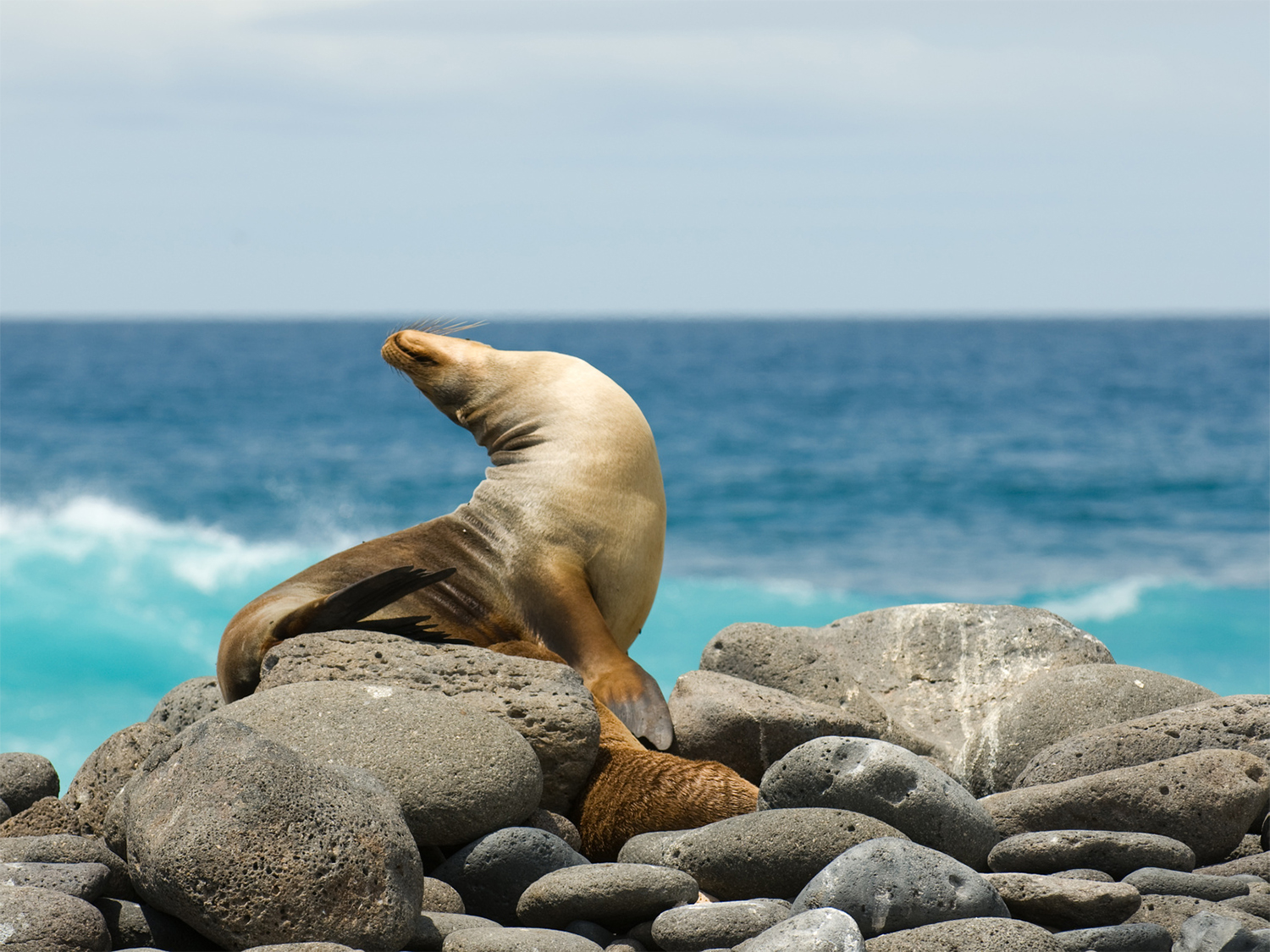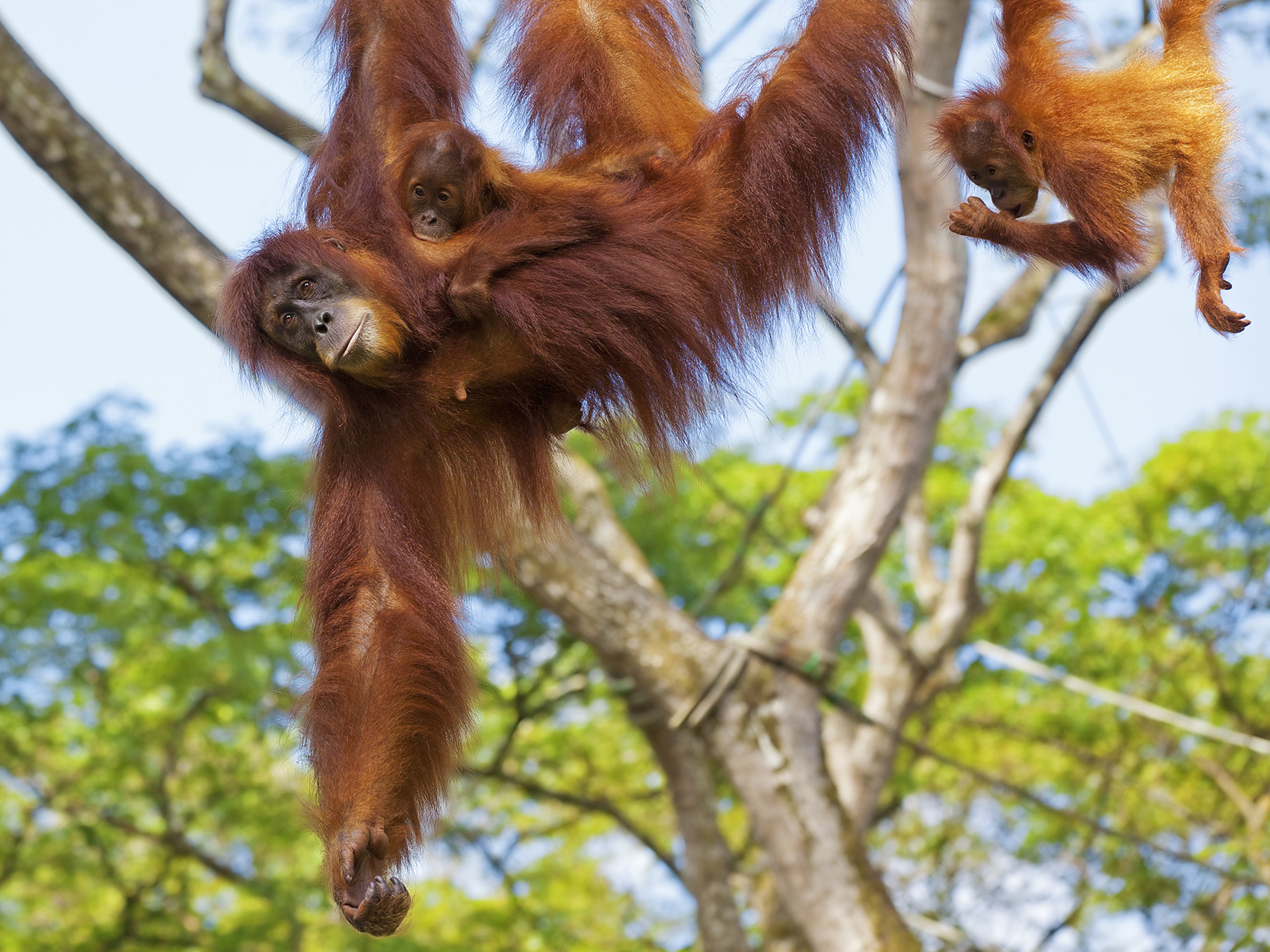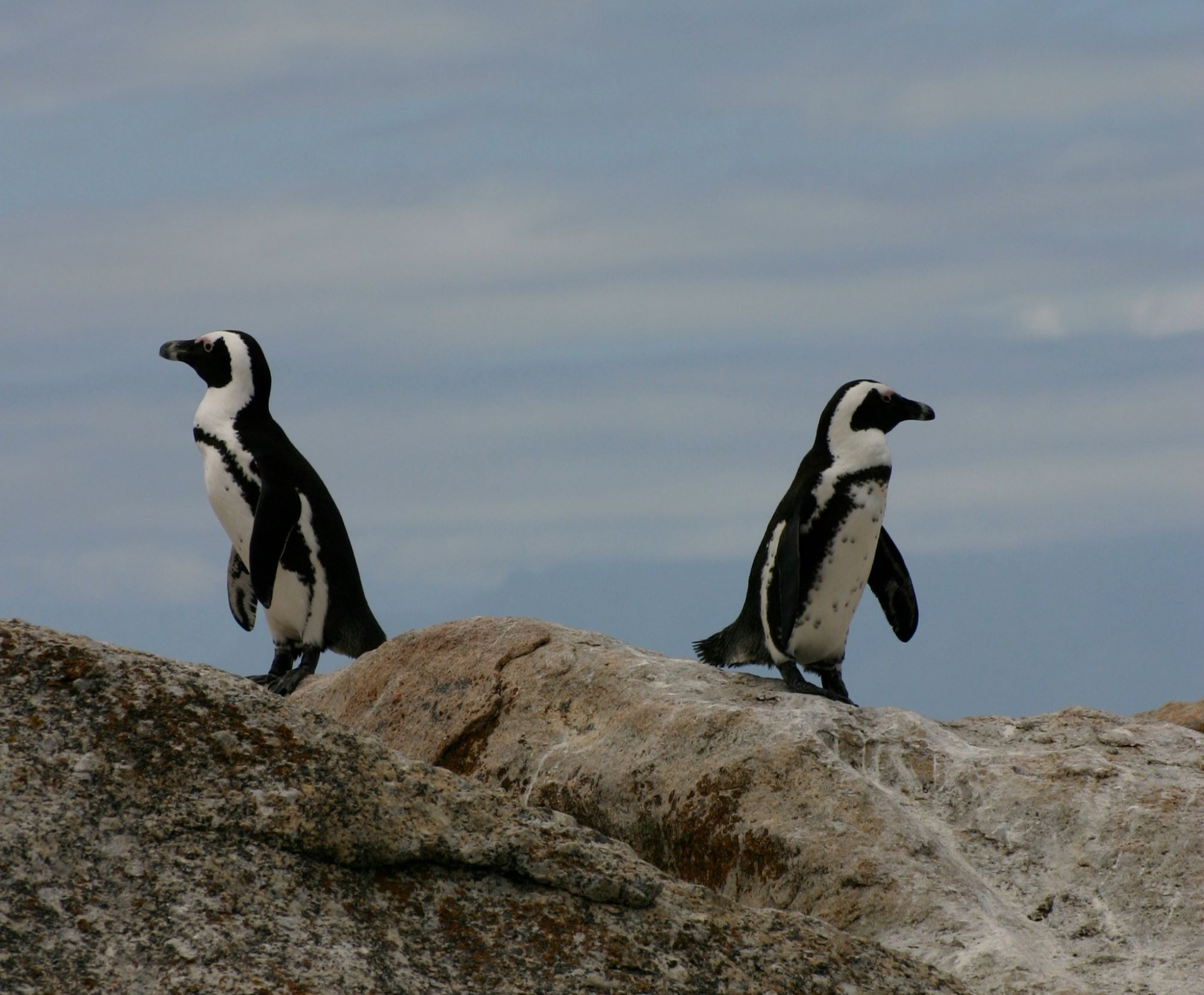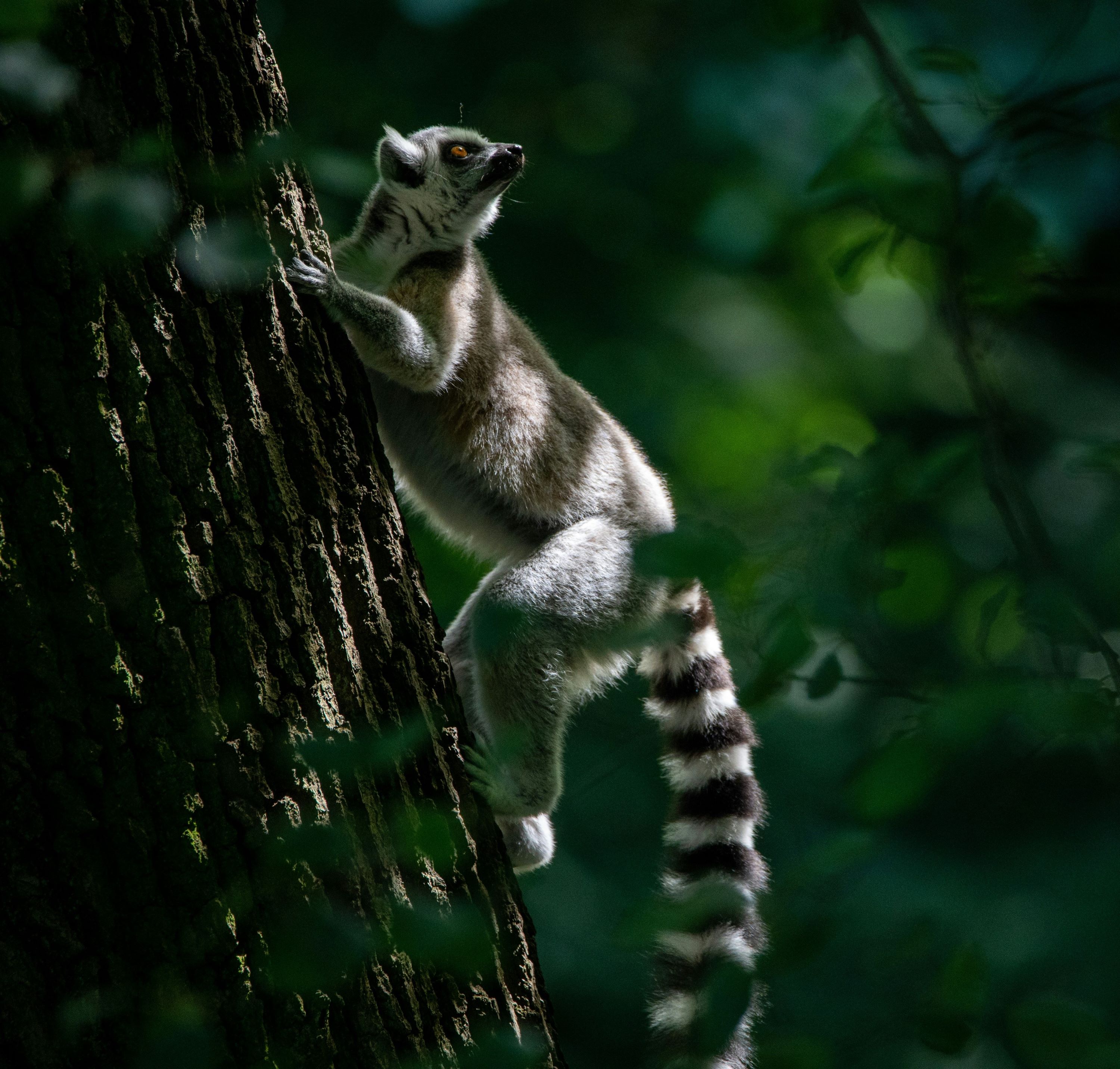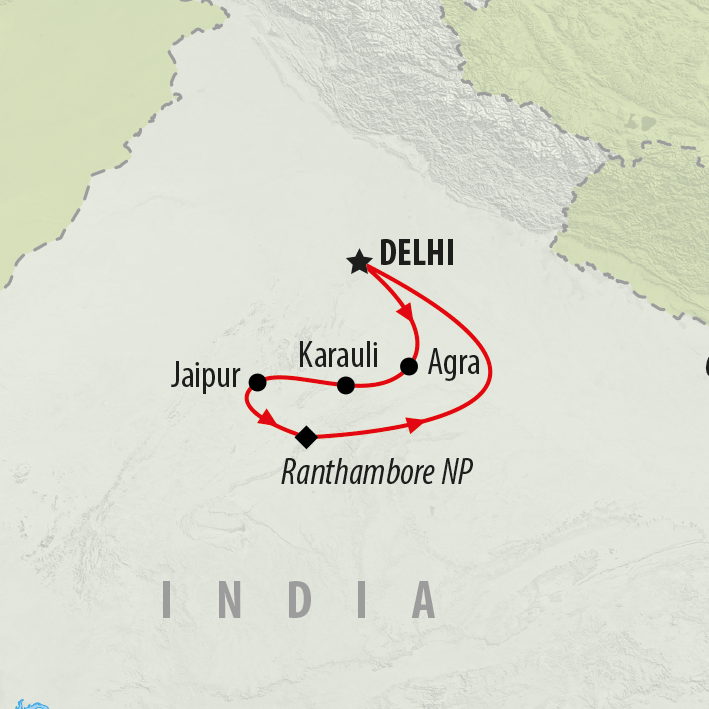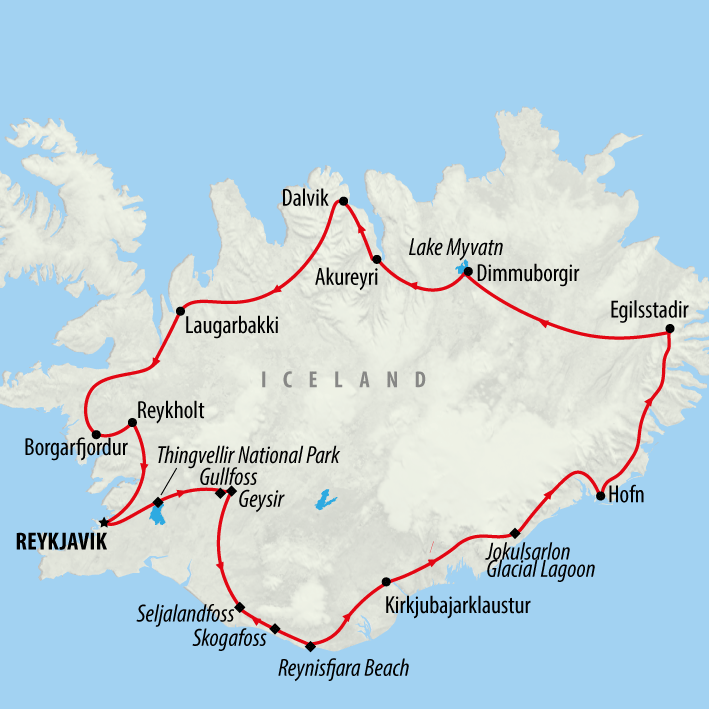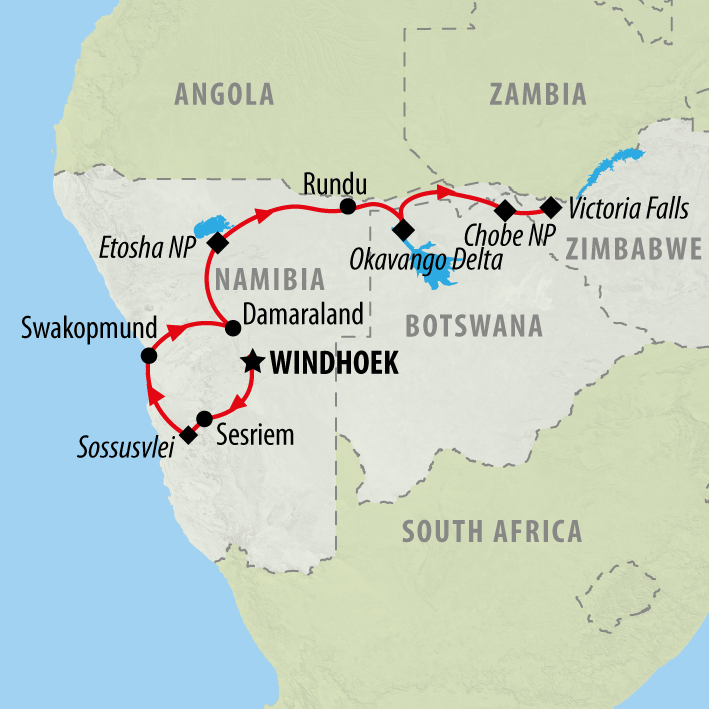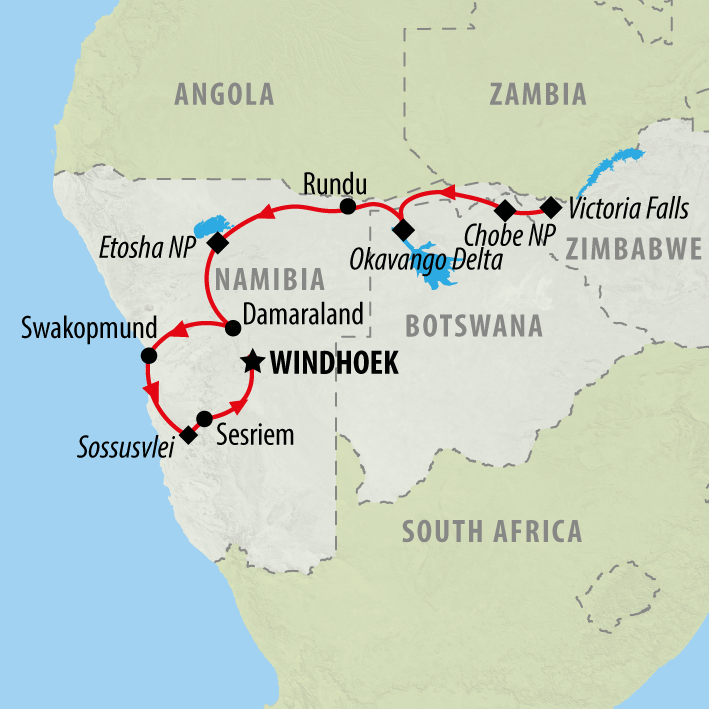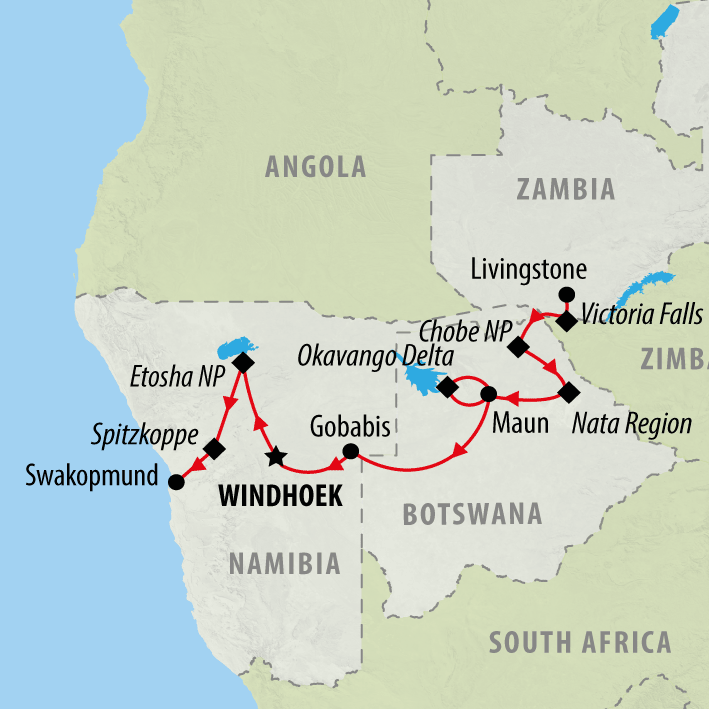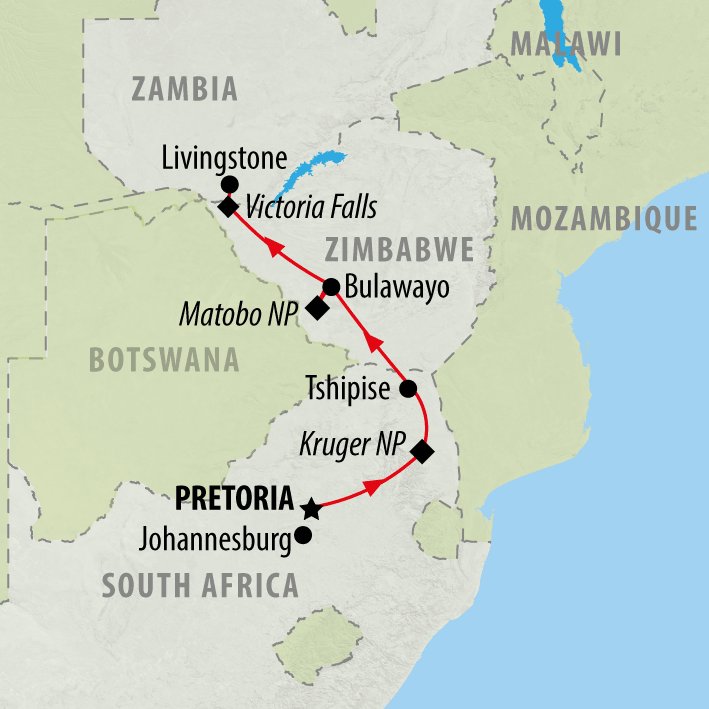Top 10 Animal EncountersIf you're a wildlife lover you won't want to miss these wildlife tours.
When do you want to go?
2024
I'm flexible
Passengers
Adults (18+)
Children (0 - 17)
Top 10 Animal Encounters
Our top 10 choices for animal encounters you can have on our tours. Whether you want to see safari animals in Africa or pandas in China, we are sure to have the perfect tour for you.
Gorilla Trekking
Uganda, the ‘Pearl of Africa’, is the perfect place for a wildlife adventure. With wild Bwindi National Park and spectacular Lake Bunyonyi, there is so much beauty waiting to be explored. Uganda is also the home of half of the world’s gorilla population, with its lush forests holding approximately 460 mountain gorillas. The search for gorillas can be strenuous, with expert guides leading you through the dense jungle on a trek that could last anywhere between one and even eight hours. However, this unpredictable nature adds to the excitement of the animal encounter, with nothing comparing to the thrill of emerging through the trees to find a troupe of gorillas. Spending an hour in the company of the peaceful but mighty gorillas is both exhilarating and tranquil. Gorilla permits are limited in numbers, with only 10 issued per gorilla family each day to ensure their exposure to humans is limited and your experience has a wonderful atmosphere of seclusion.
The big 5
Spotting the Big Five on safari is the ultimate African wildlife experience, attracting animal fans to the plains of Africa time and time again. Elephant, leopard, rhino, buffalo, and lion were nicknamed the Big Five as they were the hardest animals to hunt when Europeans went to Africa specifically on hunting expeditions in the 19th century. There are many countries and so many national parks across Africa where you can enjoy a Big Five safari, from South Africa’s Kruger National Park to Namibia’s Etosha National Park and Chobe National Park in Botswana, with no two animal sightings ever being the same. Driving across the beautiful landscape, the expert guides will take you up close to prides of yawning lions, herds of elephants playing around a waterhole, a gang of buffalo chomping on the long grass, a rhino and its calf wallowing in the mud, and a single elusive leopard hanging out in the branches of an acacia tree.
The great wildebeest migration
For many years, hundreds of thousands of wildebeest and zebra have followed their natural instincts and journeyed across the vast plains of East Africa in one of the world’s natural wonders known as the Great Wildebeest Migration. This colossal show is played out across two of Africa’s epic wildlife areas: Tanzania’s Serengeti National Park and Kenya’s Masai Mara National Reserve. Although many aim to see the exhilarating crossing of the Grumeti River in Tanzania from June to mid-July, this natural cycle of movement happens all year with many different and exciting stages to it. During this pilgrimage across 1,800 miles, the wildebeest are faced with many adversities, including the snapping jaws of crocodiles and the hungry prides of lions following closely in their tracks in the hope of catching a weak stray. This thrilling predator versus prey interaction makes for incredible safari watching.
Tiger safari
An important symbol of Indian tradition, Bengal tigers are fearless predators of the jungle. They live solitary lives, skilfully stalking their prey through the trees and pouncing on them with one quick leap. Travel to Ranthambhore National Park, the former hunting ground of the Maharaja of Jaipur and the best place to spot wild tigers in Rajasthan. To increase your chances of spotting the black and orange stripes through the branches, venture into the national park for safaris in both the morning and afternoon. Although a tiger spot is the ultimate animal sighting, there is plenty else to see, including leopards, striped hyenas, sambar deer, and sloth bears. If you are lucky enough, you may catch a tiger stretching and relaxing across the ancient temples of Ranthambhore Fort in the centre of the park.
Canoe safari in Okavango Delta
An ever-changing labyrinth of waterways and exotic islands, the Okavango Delta is an extraordinary landscape. The world’s largest inland delta, the Okavango, is one of the best places to watch African wildlife, as the shifting water levels change the animal activity throughout the year. This huge expanse of water in the north of Botswana is one of the few places you can enjoy a safari in a mokoro, a traditional dugout canoe steered through the water and reeds by the local guides. Journey into the heart of the delta, gliding over the water to see large numbers of elephants, buffalo, and hippo gather around the lagoons and reed beds.
The Galapagos big 15
The Galapagos Islands are an unrivalled wildlife haven, a collection of strange and bizarre species spread out across the volcanic archipelago in the Pacific Ocean. Darwin formulated his theory of evolution when confronted with the unique creatures of the other-worldly landscapes. A cruise is the best way to see this part of the world, hopping from island to island accompanied by an expert naturalist who guides the animals completely unperturbed by your presence. Walk amongst the sun-bathing sea lions relaxing on the beaches of Floreana Island, the Galapagos albatross soaring overhead, watch the mesmerising blue-footed boobies flap their vibrant feet and the menacing marine iguanas crawl over the rocks on Espanola Island, and visit the Galapagos tortoise breeding centre on Santa Cruz Island.
Orangutans of Borneo
Only found in the verdant rainforest of Borneo and Sumatra, orang-utans are highly intelligent; the Malay word orang-utan even means ‘person of the forest’ showing their close relation to humans. Visit the world-famous Sepilok Orang-utan Rehabilitation Centre to learn about their work to return orphaned and rehabilitated orphans to the wild before taking a boat ride along the Lower Kinabatangan River. Take a nature walk through the mangrove rainforest, and keep your eyes peeled for the moving branches above. This largest tree-climbing mammal rarely travels along the ground. Watch as, despite their big size, they elegantly climb and clamber through the forest, stretching their enormous arm span of up to seven feet to move from one tree to the other. More solitary than other apes, listen out for the territorial rumbles and howls of the male orang-utans echoing through the rainforest.
Penguins of Chile
Magellanic penguins are found on the rocky islands off the southern coast of South America. There are two places in the southern tip of Chile where you can watch these tiny black and white birds: Punta Arenas and Magdalena Island, both in the Strait of Magellan and the islands of Tierra Del Fuego. The Magdalena Island has been named a nature reserve due to its thriving numbers of penguins and its importance as a breeding site for the flightless birds, home to over 120,000 of them between the mating months of September and March. A highly sociable bird, Magellanic penguins congregate together. Watch from beachfront hides in Punta Arenas, the capital city of Chile’s southernmost region, as the penguin colonies swim ashore and waddle out of the water to their burrow homes in the low forest, grasslands, and rocks.
Pandas of China
China’s national animal, the giant panda, resides in the bamboo forests high in the west of the country and spends half of their day eating up to 12.5 kg of bamboo and climbing as high as 13,000 feet to snack on the woody grass. These cuddly creatures, with their rotund figures and sleepy black-ringed eyes, are talented tree-climbers and efficient swimmers. A peaceful and docile animal, giant pandas are unfortunately critically endangered, with only about 1000 left in the wild. Visit the Chengdu Research Base of Giant Panda Breeding, also known as Panda Base, to learn about work on panda conservation and development. Opened in 1987, they have successfully created a natural habitat across 200 hectares of land of wild bamboo forests, rugged caves and picturesque rivers for the pandas to enjoy and thrive in.
Lemurs of Madagascar
Separated from the African mainland some 165 million years ago, the wildlife of Madagascar is weird and wonderful, with some parts of it being utterly unique to the islet. The perfect place for wildlife enthusiasts to go on holiday, most people instantly picture lemurs when they think of Madagascar, who evolved on the island after its separation from Africa. With over 100 species, there are many to see. Travel to the Andasibe-Mantadia National Park to hear the haunting whale-like song of the large Indri echo through the forest, head south to Isalo National Park to see the iconic ring-tailed lemur sitting in large groups amongst the trees, and journey to Tuléar to see the golden-furred Verreaux’s Sifaka dancing along the dusty pathways with its comical two-legged hop. Other incredible and intriguing wildlife of Madagascar includes colourful chameleons, alien-looking geckos, and powerful catlike fossa.
Wildlife tours
Our customers say
Excellent
4.4 out of 5 based on 275 reviews
